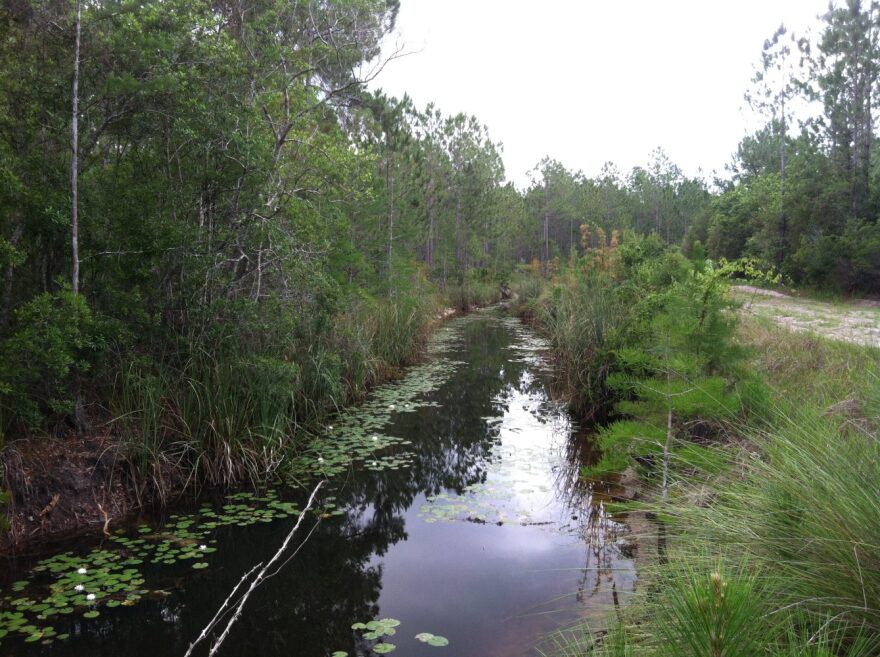This fall, the Suwannee River Water Management District will begin restoring and rehydrating the Otter Sink tract, a 12,000-acre expanse of land west of the Suwannee River.
The water management district agreed to the $65,000 restoration project this April, marking the first time the district’s governing board has partnered with a private business.
Anderson Land and Timber Co., the district’s private partner, has owned the tract since last September. The Anderson family has owned a hunting camp on the tract since the 1920s, Anderson Land spokesman and project manager Chuck Farmer said.
When the plan to restore the entire tract initially surfaced last fall, the Andersons bought the rest of the expanse to help replenish the area.
“We can help nature take control again,” Farmer said. “We just want to get some water back into the ponds.”
Named after the land’s notorious sinkholes, Otter Sink tract is about three miles from the Gulf of Mexico in southern Dixie County.
The partnership between Anderson Land and the water management district will save taxpayer money by making use of privately owned land, which doesn't require public maintenance, said Steve Minnis, water management district spokesman.
The district will provide construction materials, funding and engineering assistance to the Otter Sink project. Anderson Land will manage construction, operation and maintenance, Minnis said.
Construction will begin this fall, water management district executive director Ann Shortelle said. It will take about 45 days to complete.
Shortelle said the project is a cost-effective way for the county to rehydrate about 2,000 acres of area wetlands and restore natural habitats.
“It’s really low tech,” Shortelle said. “There’s no pumps involved or high-end engineering involved. The material costs are quite modest compared to building reservoirs or pumps to restore the wetlands.”
Shortelle said the project will produce about 240 million gallons of annual aquifer recharge. That’s the same as filling about 40 Ben Hill Griffin Stadiums full of water annually, Minnis said.
The water management district hopes the Otter Sink Project is the first of many restorative public-private partnerships in the county.
“The whole state of Florida has been ditched and drained for the last 150 years,” Farmer said. “We’re trying to help put the water back where God intended it to be.”

